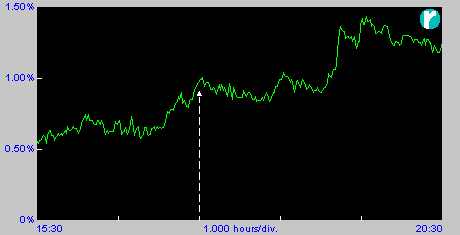|
"The bane of motors and motor controllers" When the three phases are not equally spread out (thus 120 degrees apart and the same voltage), motors usually find themselves getting a little hot under the collar. This comes from the task of turning the armature not being equally shared across the poles. Motors can 'boast' anything in the order of 10:1 to 20:1 current to voltage imbalance ratio (i.e. the phase with only 1% difference could be carrying up to 20% difference in current). The problem is further exaggerated should there be a motor speed controller in the middle. Not all types have clever rectifiers (thyristors under microprocessor control) and the burden of converting the AC to DC is again unequally yoked on some diodes while the others take a holiday. Here, the ratio is undefined, but it is not impossible to reach 100% imbalance. Realizing this could be a problem, some designers of controllers build in a little protection and, having made their controllers sort of 'semi-smart', when the 3 phases are just a little too unbalanced the motor won't start.
The above graph was a recording of such a case where a farmer knew, through experience, he had to have the milking plant started before 5:30pm. He knew that after that his chances were slim. What the designer forgot was to have a light on the front of the controller showing why it would not start the motor, so the farmer deemed the controller to be malfunctioning or faulty. It was only doing it's job! We cover the aspect of 'favourite phases' later (the cause behind voltage imbalance), but the symptom is easily recognised in just one factor - unequal current draw on 3-phase loads. The load will usually draw substantially more current on the phase that's higher in voltage. If this is the case, one would then expect the network to be 'self balancing' i.e. when a phase is not being loaded as much as the others, then the fact that 3-phase loads will pull more on it should bring it down. The issue is; To expect a few 3-phase loads to do the balancing is what ultimately causes damage to them! Although it is tempting to simply move the transformer tap on the phase that is higher (most transformers allow individual tap adjustments), this in itself has a problem. The current drawn on the phase that is tapped further down, even though the output current is now balanced, is now less on the input as the ratios are unequal. The problem has now been moved to the other few clients on the circuit making the number of elements doing the 'self balancing' one less. ... and the vicious circle continues.
© 14.03.03 |
 SYMPTOMS:
SYMPTOMS: